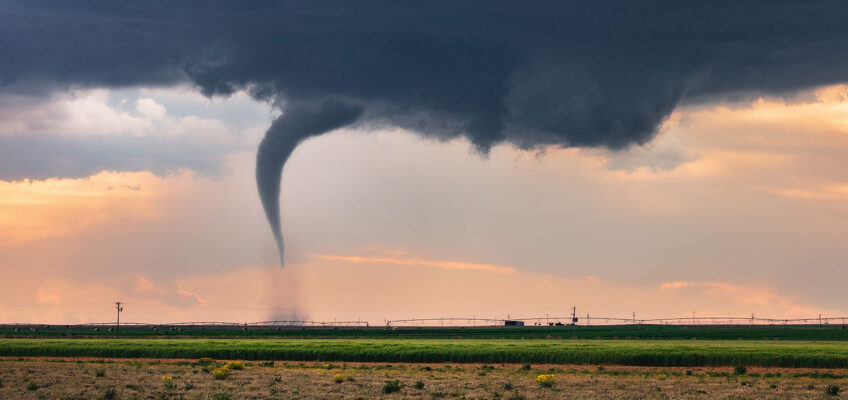Tornado season can be unpredictable, intense, and at times, frightening. While tornadoes can happen at any time of year, they’re most common during spring and early summer, especially in areas like the Midwest, Southeast, and parts of the South Central U.S. Knowing how to prepare—and how to react when a tornado strikes—can make all the difference. Here’s a quick guide to help you stay safe and keep your loved ones protected during tornado season.
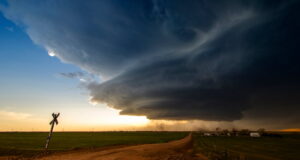
1. Know the Signs
Tornadoes don’t always come with clear warnings, but there are some telltale signs that one might be near:
-
A dark, often greenish sky
-
Large, low-hanging clouds or a visible funnel
-
Hail or heavy rain followed by sudden calm
-
A loud, continuous roar (like a freight train)
-
Sudden power outages
If you notice any of these, take action immediately.
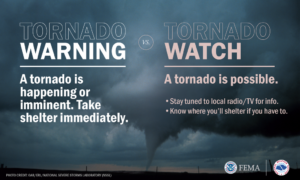
2. Understand the Alerts
Familiarize yourself with the difference between a Tornado Watch and a Tornado Warning:
-
Watch: Conditions are favorable for tornadoes. Be alert.
-
Warning: A tornado has been spotted or indicated by radar. Take cover immediately.
Make sure your phone is set to receive emergency weather alerts, and consider having a NOAA Weather Radio on hand as a backup.

3. Create a Tornado Safety Plan
Have a plan in place for where you’ll go and what you’ll do if a tornado strikes:
-
Identify your safe space: A basement, storm cellar, or small interior room on the lowest floor with no windows is best.
-
Practice tornado drills with your family so everyone knows what to do.
-
Know your evacuation routes if you’re in a mobile home or temporary structure that could be unsafe.
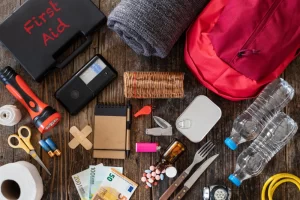 4. Build an Emergency Kit
4. Build an Emergency KitPrepare a kit with essentials that can support you for at least 72 hours:
-
Bottled water and non-perishable food
-
Flashlights and batteries
-
First aid kit
-
Important documents in waterproof bags
-
Medications and hygiene items
-
Extra phone chargers or battery banks
Keep this kit in or near your designated safe area.
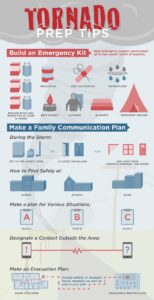
5. Protect Your Home
While you can’t tornado-proof your house, you can reduce the risk:
-
Secure loose outdoor items that could become projectiles
-
Reinforce garage doors and windows if possible
-
Trim trees and remove dead branches
-
Invest in a storm shelter if you live in a high-risk area
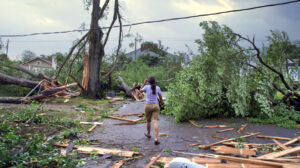
6. After the Storm
Once the tornado has passed:
-
Stay tuned to local news for updates and emergency info
-
Be cautious of downed power lines, broken gas lines, and debris
-
Check on neighbors, especially elderly or disabled individuals
-
Document damage for insurance purposes, but wait until it’s safe
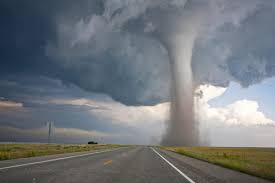
Tornadoes can strike with little warning, but preparation is your best defense. By staying alert, having a plan, and knowing what to do before, during, and after a storm, you can greatly increase your chances of staying safe.
Remember: You can’t stop a tornado—but you can be ready for one.
Stay safe out there.


